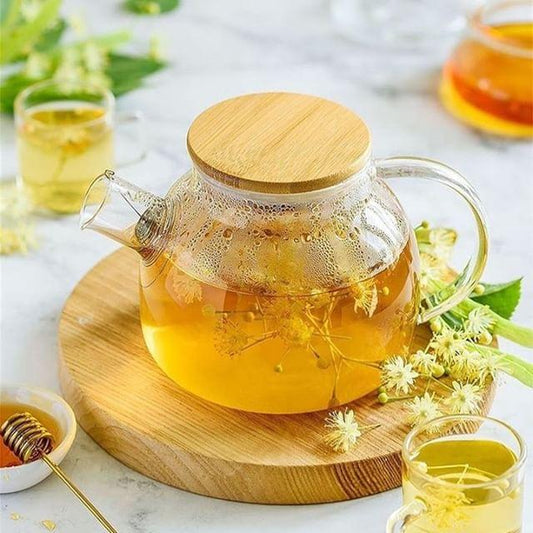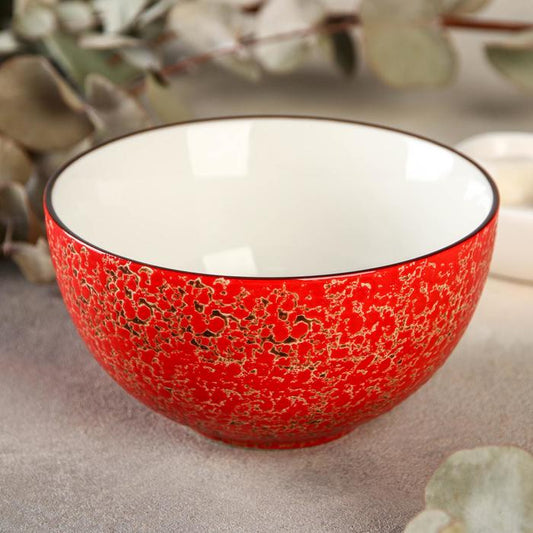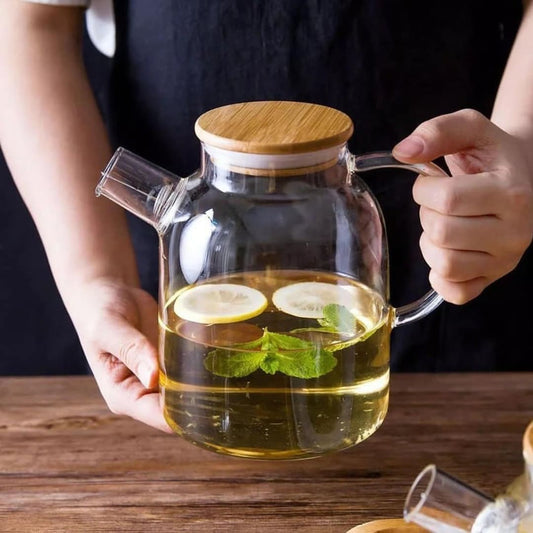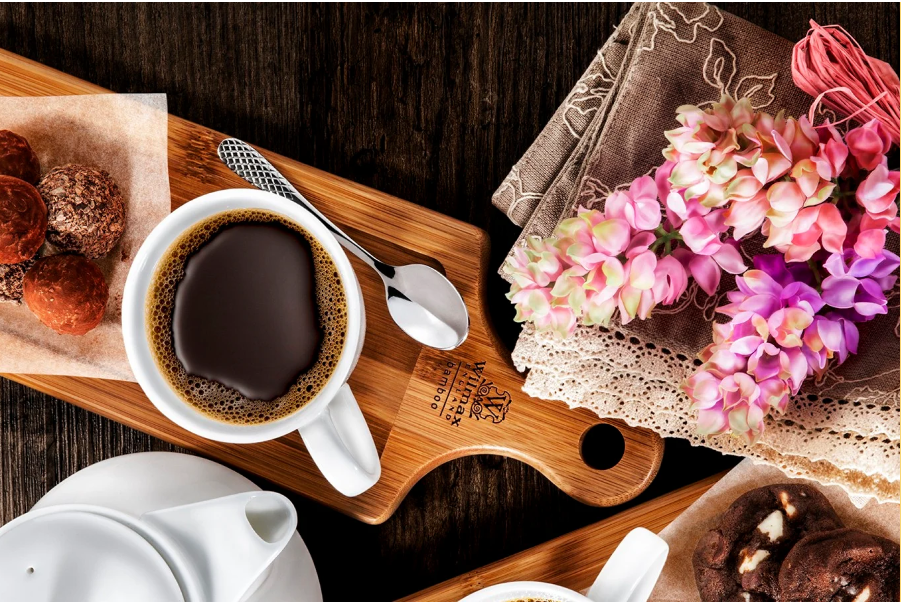Poaching Perfection: How to Nail Delicate Cooking for Eggs, Fish, and More

Poaching is one of the most refined and gentle cooking techniques, perfect for preserving the delicate textures and flavors of foods like eggs, fish, and even fruits. Mastering poaching can elevate your culinary skills, allowing you to prepare healthy, flavorful dishes without relying on added fats or oils. In this article, we’ll break down the fundamentals of poaching, common mistakes to avoid, and tips to ensure success every time.
Why Poaching?
Poaching involves submerging food in gently simmering liquid, typically between 160°F to 180°F (70°C to 82°C). This method is ideal for delicate foods that might fall apart or dry out with harsher techniques like frying or roasting.
Benefits of Poaching:
-
Preserves Moisture: Keeps proteins tender and prevents overcooking.
-
Enhances Flavor: Infuses food with the subtle flavors of the poaching liquid.
-
Healthier Cooking: Requires minimal or no fat.
The Essentials of Poaching
1. The Liquid:
Poaching liquid can range from simple water to flavorful broths, wines, or even milk. The key is to choose a liquid that complements the food. For example:
-
Eggs: Water with a splash of vinegar (to help coagulate the whites).
-
Fish: White wine, lemon slices, herbs, and aromatics.
-
Fruits: Light sugar syrup or spiced wine.
2. Temperature Control:
Keep the liquid at a gentle simmer, not a rolling boil. The ideal range is between 160°F to 180°F (70°C to 82°C). If you see bubbles breaking the surface aggressively, reduce the heat.
Poaching Techniques by Ingredient
1. Perfectly Poached Eggs:
-
Step 1: Bring water to a gentle simmer and add a tablespoon of vinegar.
-
Step 2: Crack the egg into a small bowl.
-
Step 3: Create a whirlpool in the water and gently slide the egg into the center.
-
Step 4: Cook for 3-4 minutes for a runny yolk or up to 5 minutes for a firmer center.
-
Step 5: Remove with a slotted spoon and drain on paper towels.
2. Poaching Fish to Perfection:
-
Step 1: Heat a combination of white wine, water, lemon slices, and herbs until just simmering.
-
Step 2: Submerge the fish fillet gently, ensuring it is fully covered by the liquid.
-
Step 3: Cook for 8-10 minutes, depending on thickness.
-
Step 4: Carefully lift out the fish and serve immediately with a drizzle of the poaching liquid.
3. Poached Fruits for Dessert:
-
Step 1: Prepare a syrup with water, sugar, and spices like cinnamon or vanilla.
-
Step 2: Bring to a simmer and add peeled fruits such as pears or apples.
-
Step 3: Cook for 15-20 minutes until tender but not mushy.
-
Step 4: Serve with syrup reduction or alongside ice cream.
Troubleshooting Poaching Pitfalls
-
Eggs Spreading Too Much: Ensure the water isn’t boiling, and always add vinegar to the water.
-
Fish Falling Apart: Use a wide spatula for lifting, and avoid disturbing the fish while it cooks.
-
Fruit Overcooking: Monitor cooking times closely, and remove the fruit as soon as it becomes tender.
Final Tips for Poaching Success
-
Season the Liquid: Always season the poaching liquid well. A bland liquid results in bland food.
-
Rest After Poaching: Let the food sit for a minute or two to allow flavors to set.
-
Experiment: Try poaching chicken, tofu, or even dumplings for a twist on traditional dishes.
Poaching might seem simple, but it’s an art that rewards patience and precision. With practice, you’ll find this method indispensable for creating light, flavorful, and elegant dishes. Happy poaching!
Share:





